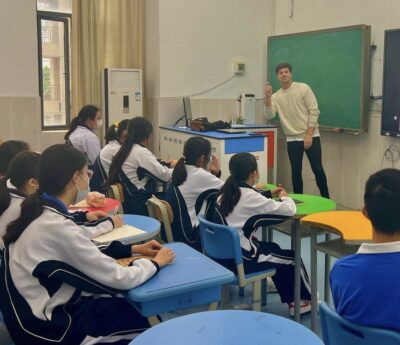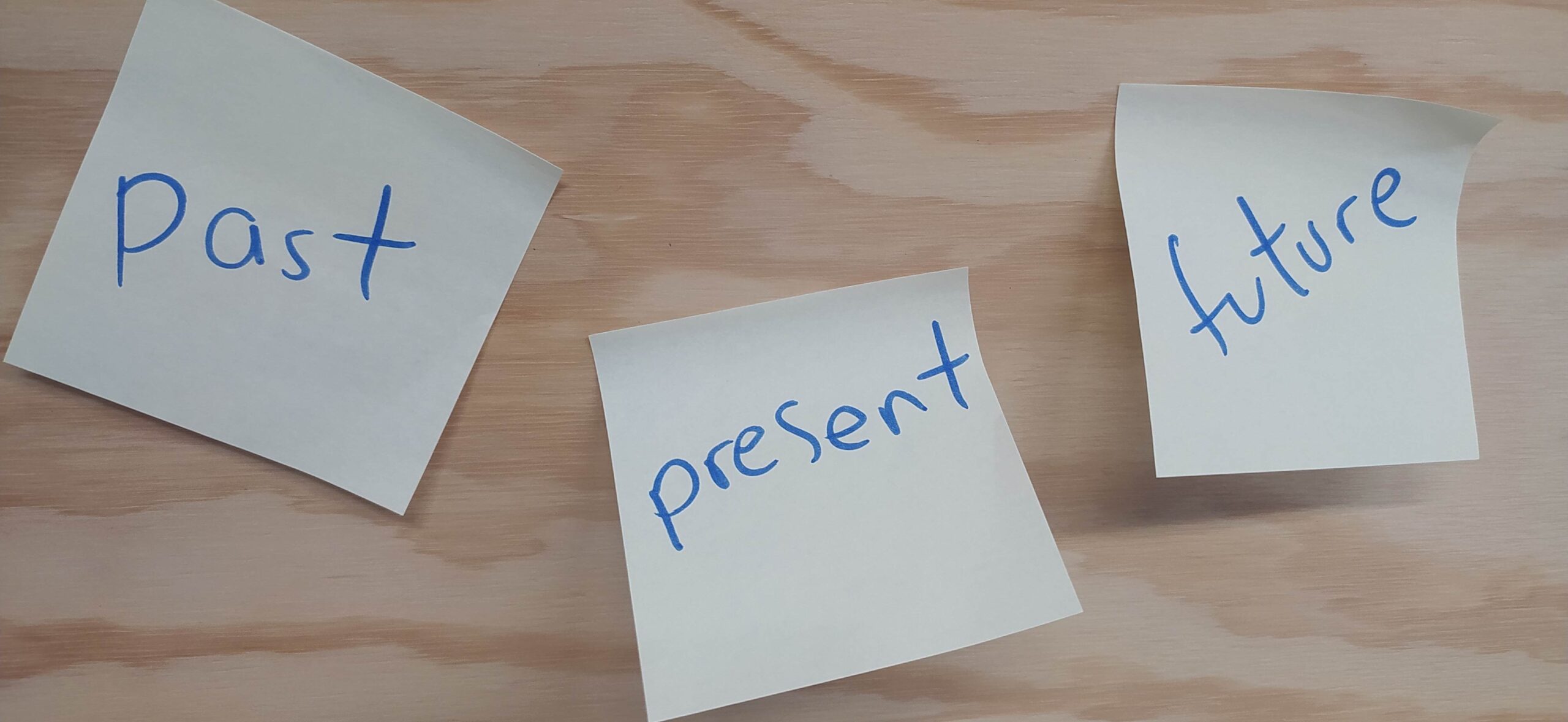By Ken, Teacher in Warsaw
In the last post we looked at how to effectively introduce the student to the vocabulary within a lesson and to get them to practise the grammar and use it in engaging and interesting ways.
In this blog we will have a look at how to teach and present grammar in an engaging and memorable way and also in a way the student will understand. Let’s face it, learning grammar isn’t the most exciting thing in the world and trying to explain the difference between tenses and grammatical structures isn’t always the easiest thing. Speaking of grammatical structures…..
 Know your grammar!
Know your grammar!
This might seem obvious, however you may be surprised how many teachers don’t know grammar!
For those of you who may be unfamiliar with grammatical structures, PLEASE PLEASE understand them before even trying to become a teacher! Learn the differences between simple past and past perfect, what is present continuous/progressive and so on. If you don’t understand the grammar, there’s not a hope in space that you’ll be able to effectively teach the student. Fail to prepare, prepare to fail!
Presenting grammar
It would take me AGES to go through every single grammatical structure and how to teach it, but if you’ve read my previous post on presenting vocabulary the method I use is pretty similar. Here are the four P’s:
- Present the grammar in a clear and concise way (gestures help a lot!) and then practise the grammar
- Personalise the grammar to the student
- Praise the student, especially if they’re not too fluent and/or confident. A simple “good, great, excellent” is what I normally say
In regards to praising, I tend not to praise my higher level students a lot as they are already pretty fluent. Even for adults, a little praise and encouragement is appreciated.
Let’s look at the basic 3 tenses- past, present and future. This is how I would present these tenses:
 Question
Question
What did you do at the weekend?
Student – I visited my family.
Me – So you visited your family! Did you do this BEFORE or AFTER today? (assuming the student says before) So you did this BEFORE today, so you did this in the PAST, so we use PAST TENSE. (emphasising the words in capitals to make it clear)
Question – Can you give me an example of something you normally/regularly do?
Student – I walk my dog. (demonstration of present tense)
Me – So you NORMALLY do this, so we use PRESENT TENSE.
Question – Where will you go on holiday?
Student – I will go to Croatia.
Me- So will you do this TODAY, or AFTER TODAY? (assuming the student says after) So you will do this AFTER today, so you will do this in the FUTURE, so we use FUTURE TENSE.
After demonstrating the rules of the grammar I would also ask more questions to further enhance the student’s comfort and confidence. As I’ve said before in previous posts it’s all about engaging the student and getting them to speak wherever possible. In my experience, grammar is the most difficult part of English to teach as it tends to be quite wordy and also at times quite confusing. My advice? Use plenty of examples. If you ask the student a question to practise the grammar and they are struggling it is a great idea to demonstrate the grammar by answering the question yourself. So if we need to demonstrate present tense:
“ I work for an English school. Where do you work?” (Personalising the grammar)
“Ok. so you work at X. Do you do this every week? (Yes)”
“So this is something you normally do, so we use PRESENT TENSE.”
In summary……
Grammar should be demonstrated in the simplest way possible and with as many examples as required. In my experience it’s the most boring and most difficult part of learning English for students so it’s even more important to try and personalise the grammar as much as possible so that the student will hopefully remember it. Trying to differentiate between different tenses and grammatical structures can be complex and frustrating to teach also, so it is of the utmost importance that you know them very well. Remember – Fail to prepare, prepare to fail!
If you’d like to see what opportunities are available this year, why not explore our programs page or submit an application?




